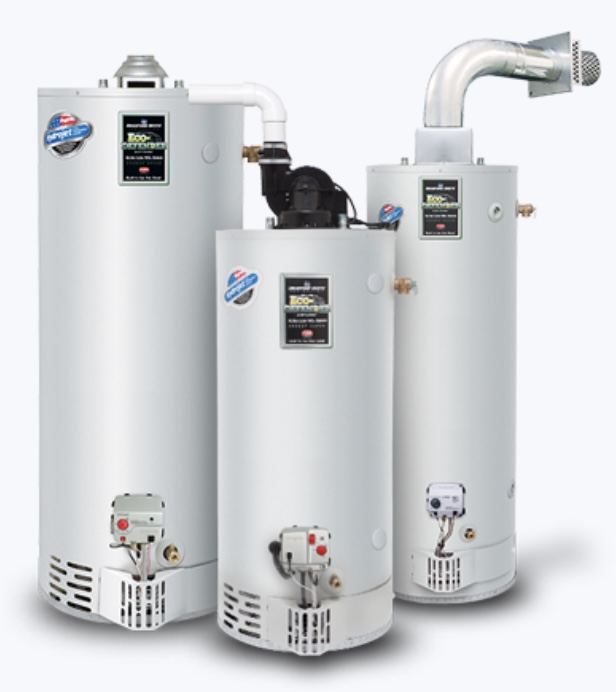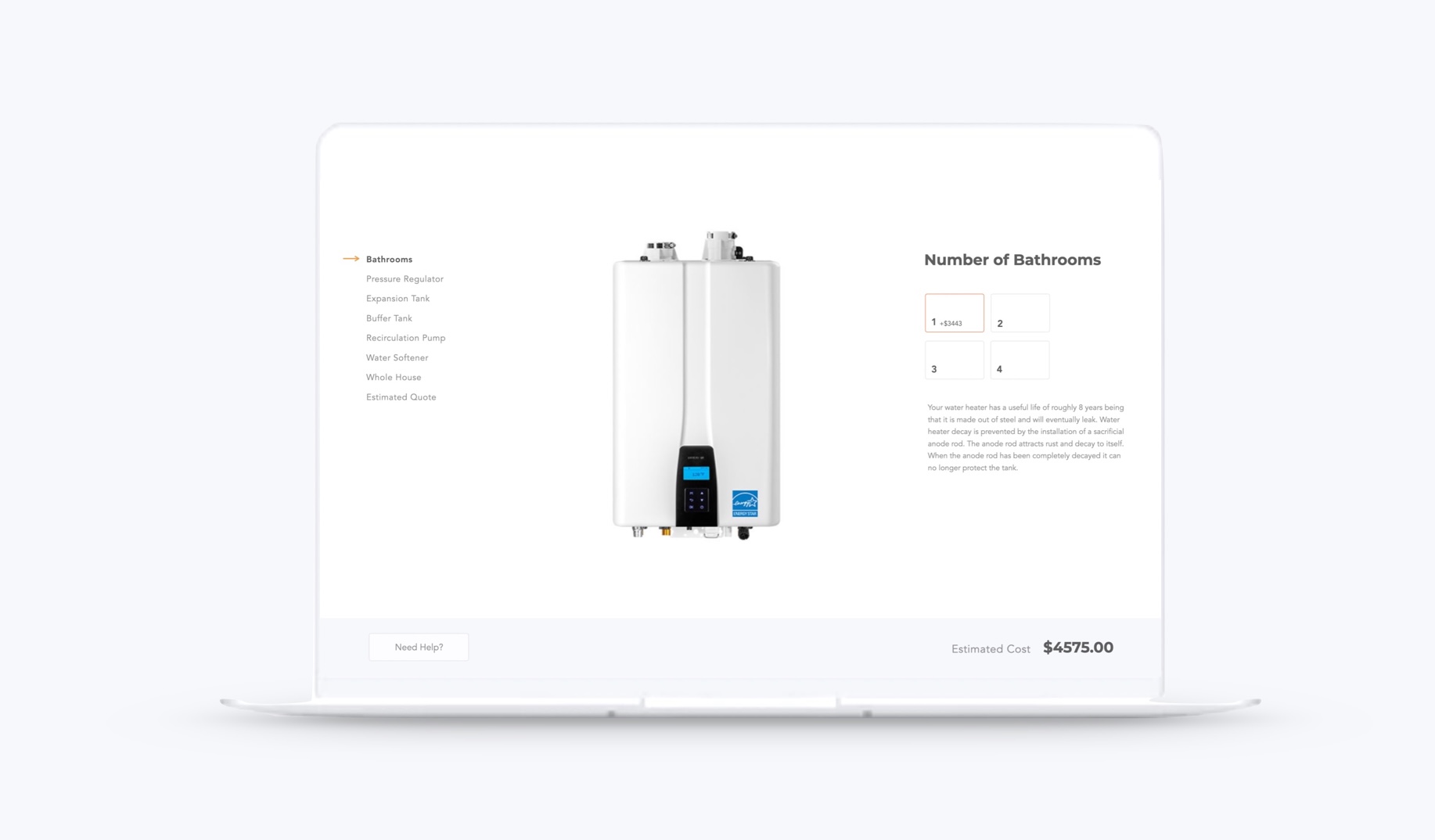Unlike storage style water heaters, tankless water heaters create hot water only when you need it. Tankless water heaters never run out of hot water. Ok, maybe not never. A tankless water heater is only as good as the number of gallons it can produce per minute. I.e. if you have three showers running on a tankless system designed to provide hot water to one shower, you will experience luke warm water through your entire shower. In contrast, a storage style water heater may give all three showers hot water but the water may go cold half way through your shower. In each case a larger model may solve the problem, regardless of the type of water heater.
• Cost – San Diego is a great climate to use a tankless water heater. San Diego’s mild climate means that the water heater will not have to work as hard to bring the water to the desired temperature. Tankless Water Heaters are more complicated than there older, low tech counterparts. There are more parts and those parts are more complex. The price of a tankless water heater and installation can cost as much as 4-5 times that of a storage tank. Keep in mind that your existing water heater hook up will not provide enough gas supply to a tankless water heater. In addition, tankless water heaters require a new gas venting system. Furthermore, you may need to have a new gas meter and gas line run to the new heater to accommodate the increased gas requirements.
• Space Requirements – Tankless water heaters are generally much smaller than a traditional storage type water heater.
• Energy Efficiency – Tankless water heaters are only consuming electricity or gas when the demand for hot water is present. Unlike tankless water heaters, storage tank water heaters are maintaining hot water on a constant basis. In summary, tankless water heaters save you money by only using resources when they are in demand.
• Point of Use and Whole House – Ever sat in the shower waiting for the water to get hot? We all have. Point of use water heaters are designed to reduce the time and water wasted waiting for the water to travel from your water heater to the sink or shower. Point of use water heaters are usually less than five gallons and are normally installed within a few feet of the point of use. They allow hot water to reach the point of use much quicker than any other style of water heater. This water heater is only used to supplement your hot water on one point of use. I.e. the bathroom or kitchen. POU water heaters are generally electric and maybe tankless or storage style systems.
• What Size Tankless Water Heater Do I need? – There are two factors to consider. The flow rate and the temperature rise.
o Flow rate is the maximum amount of hot water you and your household need to maintain constant hot water.
o The temperature rise is the difference between what the city water temperature and the desired output temperature.
o A simple calculation will help you determine how many gallons per minute your tankless water heater needs to produce to meet your hot water needs.
– Bathroom Faucet – 3GPM
– Kitchen Faucet – 4GPM
– Shower – 4 GPM
– Appliance – 4 GPM
Add these figures to determine what your flow rate is. I.e. If an appliance, a shower, and a faucets are running simultaneously you will need to choose a water heater that can produce at least 11GPM. But hang on. We also need to consider how hard the water heater has to work to reach your desired output temperature. Assuming average conditions, a water heater will not have to work as hard in Hawaii as it will in Alaska. Southern California usually has average ground water temperatures equal to our average air temperature. I.e. If you want your shower to be 110 degrees and your average ground water temp is 70 degrees the temperature rise will be 40 degrees. In this example, you will be looking for a water heater with a flow rate of 11 gallons per minute and a temperature rise of 40 degrees.







